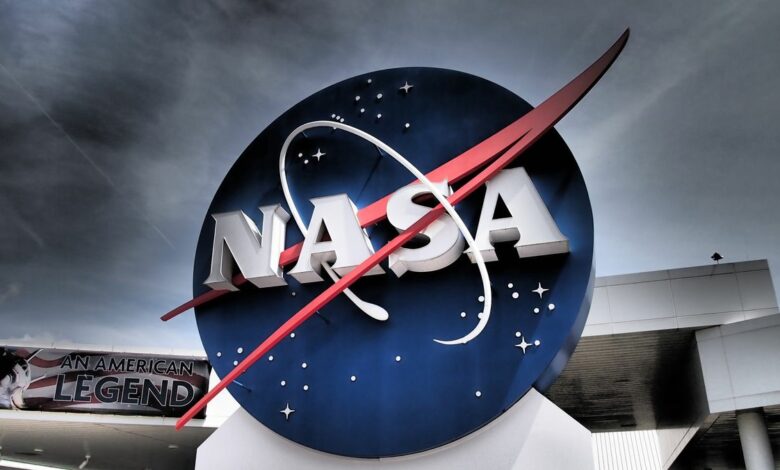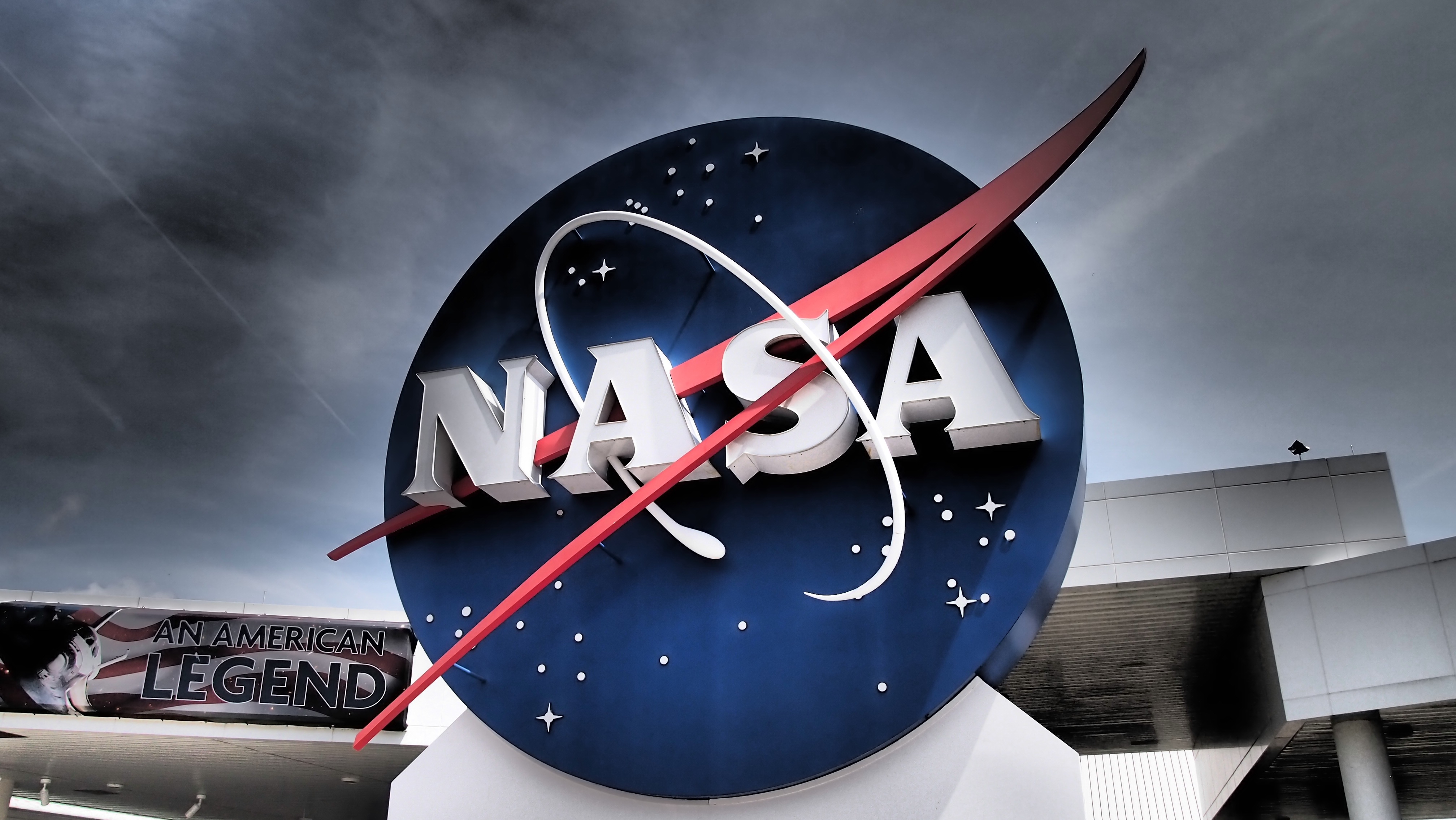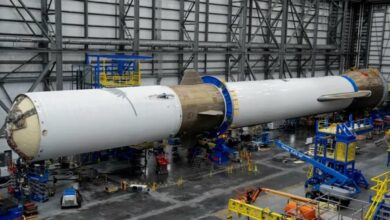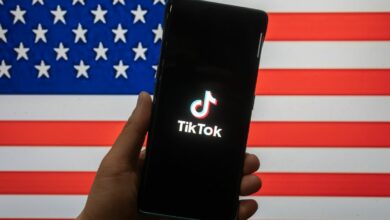NASA and Microsoft are teaming up to create an Earth Copilot AI chatbot


- The new Azure OpenAI Service-based AI chatbot allows users to interact with data in the space
- The tool democratizes access to more users, including students and academics
- Users can ask questions in natural language and let AI collect the data
Microsoft and NASA have teamed up to launch Earth Copilot, a new custom copilot built on the Azure OpenAI Service platform to help the space agency make sense of the more than 100 petabytes of data it has collected from space.
In a blog post, Microsoft writes explained geospatial data is already complex, and the continuously collected additional data from new satellites adds to this difficulty.
The new Earth Copilot tool allows users to interact with NASA data with natural language prompts, making it more accessible to more scientists, students and others.
Microsoft is building new AI chatbot for NASA
Tyler Bryson, CVP for US Health & Public Sector Industries at Microsoft, explained that the data collected can include atmospheric conditions, land cover changes, ocean temperatures and more, but navigating technical interfaces, understanding data formats and mastering of geospatial analyzes can be extremely difficult. challenging.
The new Earth Copilot tool allows users to ask questions like “What was the impact of Hurricane Ian on Sanibel Island?” or “How has the COVID-19 pandemic affected air quality in the US?” and let AI do the data retrieval for them.
“We designed the system to efficiently handle complex queries and large data sets, so users can quickly find the information they need without getting bogged down in technical complexities,” said Juan Carlos López, former NASA engineer and current Azure Specialist at Microsoft.
A side effect of the project is that Microsoft and NASA have democratized access to data in space, allowing a broader audience to interact with it, including students and academics.
Minh Nguyen, Cloud Solution Architect at Microsoft, added: “The vision behind this collaboration was to use AI and cloud technologies to bring the insights of the Earth to underserved communities, where access to data can lead to tangible improvements .”




